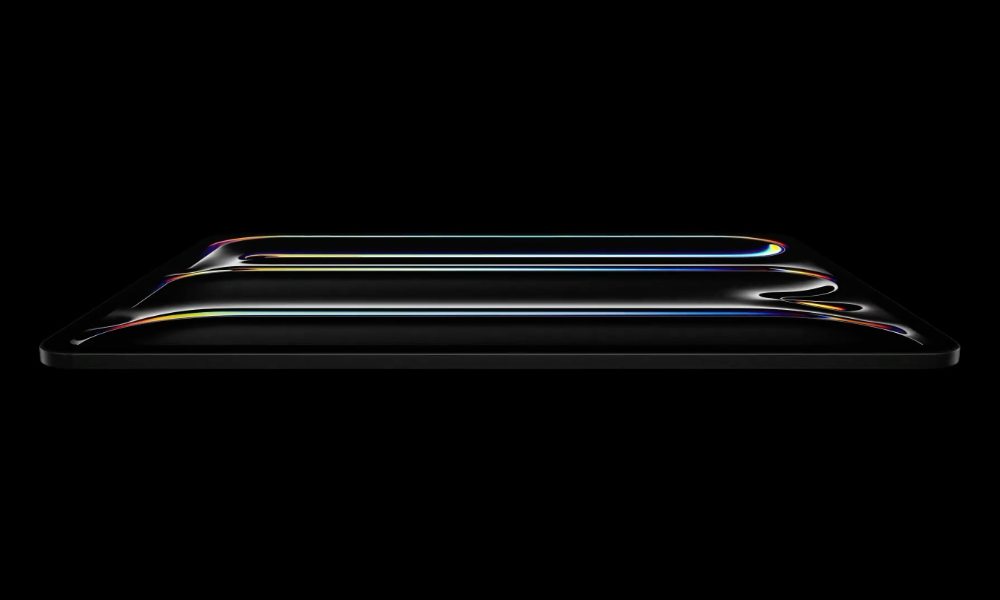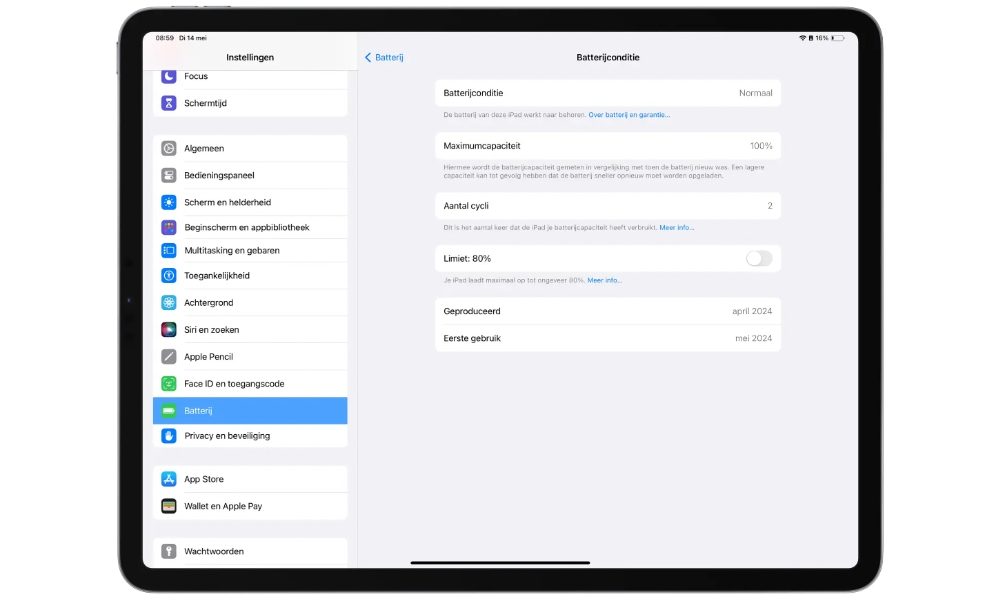Apple’s New 2024 iPads Gain Exclusive Battery Health Features

Toggle Dark Mode
Last month, code found in early iPadOS 17.5 betas revealed new Battery Health tools for the iPad, but sadly, it appears these are exclusive to Apple’s brand-new M2 iPad Air and M4 iPad Pro models.
While a Battery Health section has been available for the iPhone for six years — since iOS 11.3 introduced it in the aftermath of the ‘Batterygate’ scandal — it’s been conspicuously absent from the iPad, even in the days when the same iOS software ran on both the iPhone and iPad, before they began to diverge with the introduction iPadOS 13.
Instead, the iPad Battery section provides only switches for Battery Percentage and Low Power Mode and a breakdown of power consumption.
However, in early April, MacRumors contributors Steve Moser and Aaron Perris found code in the first iPadOS 17.5 beta that gave us a glimmer of hope that Apple might finally add the feature for all iPad models, although the fact that the option never actually showed up in the Settings app on any iPads running the iPadOS 17.5 beta didn’t inspire much confidence.
It turns out that the new Battery Health section is real, but only for Apple’s latest iPads: the M2 iPad Air and M4 iPad Pro.
The new setting was shared by iCulture’s Benjamin Kuijten (via MacRumors), and while it’s not surprising to see that it look similar to the corresponding section on the iPhone, it differs in some interesting ways.
For one thing, even though there’s an 80% hard limit switch like the one introduced on the iPhone 15, there’s no sign of Optimized Battery Charging. The screen also shows the cycle count and date the battery was manufactured and first used, again similar to features that are exclusive to the iPhone 15. This is likely related to new technology in the batteries Apple is using in its latest devices; it’s possible the batteries in older models simply don’t provide this information.
The lack of an Optimized Charging setting is an odd omission, especially considering that Apple has long offered this not only on the iPhone but also on its MacBooks. Apple may have decided the 80% Limit is sufficient to help preserve battery health, but it’s a weak replacement for allowing iPadOS to intelligently determine whether or not your battery should be topped up based on your usage patterns.
However, most folks use their iPads in fundamentally different ways than an iPhone or Mac when it comes to charging and battery drain. An iPhone is more likely to be used heavily throughout the day, topped up multiple times, and charged overnight, often on a wireless charger that generates more heat. A MacBook is often plugged in for lengthy periods of time when it’s pointless to leave the battery sitting at a full charge.
That’s not to say there isn’t a place for Optimized Battery Charging on the iPad, but perhaps Apple wants to take a bit more time to refine the algorithms and see how its new iPad models fare before rolling it out.








